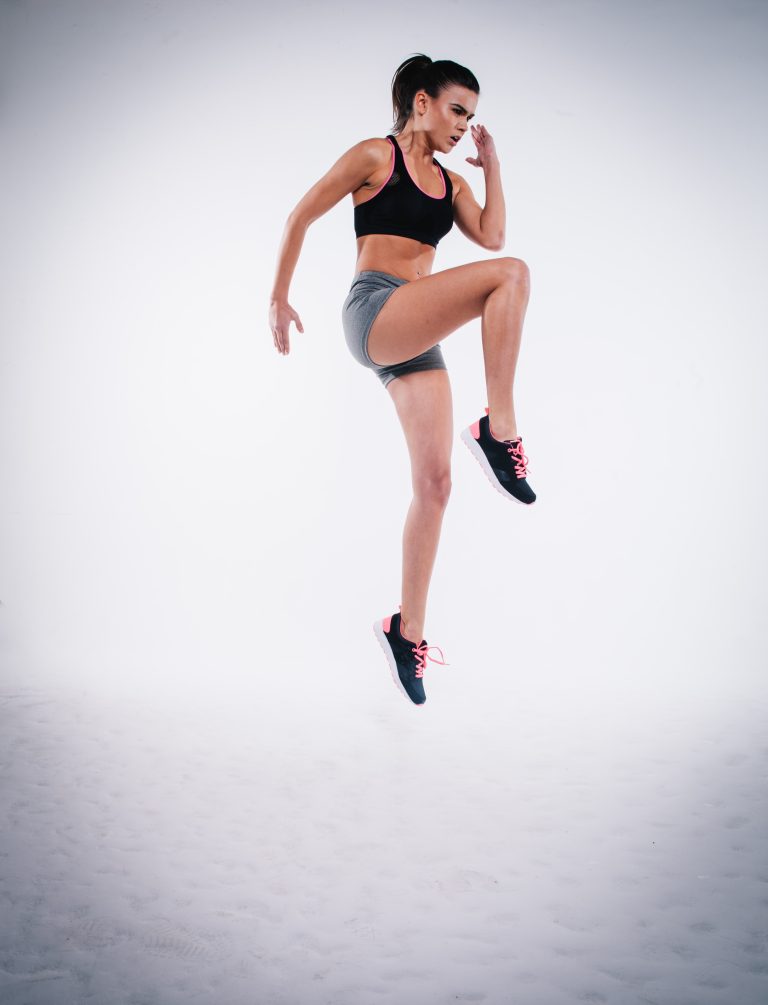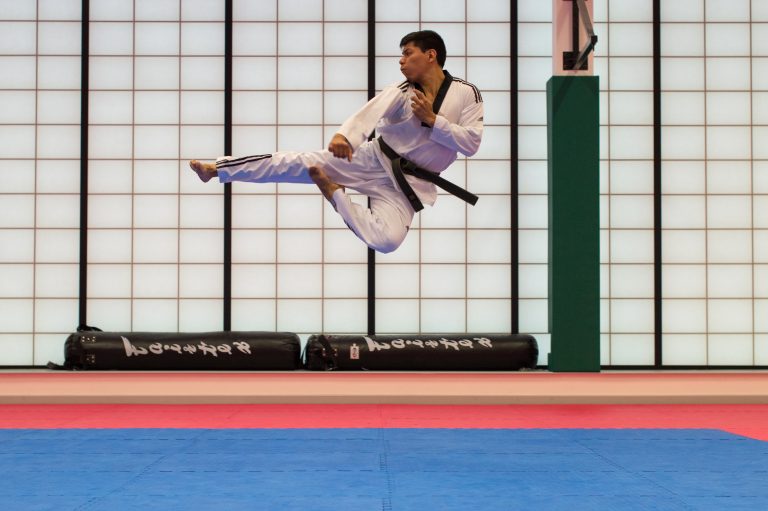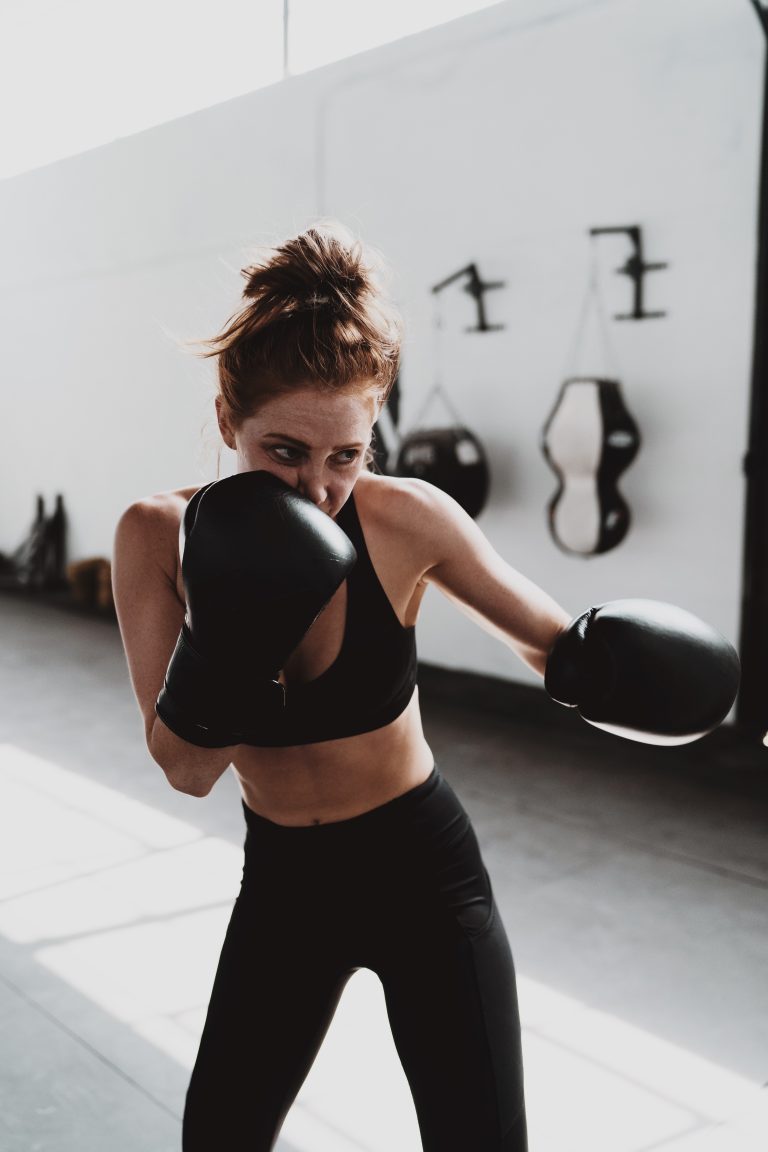The 10 Best Karate Basic Exercises for Beginners
If you’re a beginner in Karate, then it’s important to build a strong foundation in the basic exercises. Doing so will not only help you develop your techniques, but also improve your strength, speed, agility, and stamina. In this blog post, we’ll be discussing 10 of the best Karate basic exercises that are perfect for beginners.
1. Warm-up exercises
Before starting any Karate basic exercises, it’s essential to warm up your body. This can include jogging, jumping jacks, stretching, or any other exercises that get your heart rate up and your muscles ready for the workout.
2. Front stance
The front stance, or zenkutsu-dachi, is one of the most basic Karate stances. It helps to improve your balance and stability while training your legs muscles. Stand with your feet shoulder-width apart, left foot in front of the right foot, and bend your front leg while keeping your back leg straight.
3. Back stance
The back stance or kokutsu-dachi, develops power and strength in your leg muscles. Start with your feet shoulder-width apart and step back with one leg while keeping the other leg bent. Your back foot should pivot slightly outward, and your hips should remain square to the front.
4. Horse stance
The horse stance or Kiba-dachi, is a low stance that helps you to develop your hips and leg strength. Start with your feet shoulder-width apart then bend your knees and lower your hips until your thighs are parallel to the floor.
5. Cat stance
The cat stance or neko-dachi, improves your speed and agility as it involves moving quickly from one direction to another. Stand with your feet shoulder-width apart and step forward with one foot while keeping your back foot turned slightly inward.
6. Punches
Karate punches such as the straight punch or Gyaku-zuki, and the hook punch or kagi-zuki, are essential for developing upper body strength and speed. Start in a front stance and then punch with a straight arm towards the target.
7. Blocks
Blocking techniques such as the down block or Gedan-barai, and the rising block or Jodan-uke, help you to defend against attacks while developing your arm strength. Start in a front stance and perform the blocks.
8. Kicks
Basic Karate kicks such as the front kick or Mae-geri, and the roundhouse kick or Mawashi-geri, focus on the development of leg muscles and flexibility. Stand in a front stance and then execute the kicks towards the target.
9. Combination techniques
Combination techniques help you to integrate different movements and techniques to create a more fluid and effective fighting style. For example, a combination can involve a punch followed by a kick or a block followed by a punch.
10. Cool-down exercises
After completing the Karate basic exercises, it’s important to cool down your body to prevent injuries and muscle soreness. This can include jogging, stretching, or any other exercises that help to reduce your heart rate and relax your muscles.
In conclusion, the 10 Karate basic exercises listed above are perfect for beginners who want to develop a solid foundation in the art of Karate. Remember to start each session with warm-up exercises, focus on proper technique and perform cool-down exercises after each training session. With regular practice and dedication, you’ll be able to improve your Karate skills and develop a strong physique.
The 10 Best Karate Basic Exercises for Beginners: FAQs
Karate is a traditional Japanese martial art that has become popular all over the world. It requires both physical and mental strength and can be used for self-defense or as a competitive sport. To become a skilled karate practitioner, beginners must first learn basic exercises that will help them build the right foundation. This blog post answers some frequently asked questions about the 10 best karate basic exercises for beginners.
1. What are the best karate basic exercises for beginners?
The 10 best karate basic exercises for beginners are:
- Stances: Karate stances are fundamental to various techniques in karate. The most common stances are front stance (zenkutsu-dachi), cat stance (nekoashi-dachi), and back stance (kokutsu-dachi).
- Punches: Beginner karate practitioners should first learn how to throw proper punches. The most common punches in karate are the front punch (gyaku-zuki), uppercut (age-zuki), and hook punch (kagi-zuki).
- Kicks: There are various kicking techniques in karate, but for beginners, front kick (mae-geri), roundhouse kick (mawashi-geri), and sidekick (yoko-geri keage) are the most basic kicks to learn.
- Blocks: Karate also teaches practitioners how to block incoming attacks. Beginner karate students should learn to perform low block (gedan-barai), middle block (chudan-uke) and high block (jodan-uke).
- Footwork: Good footwork is essential in karate. Basic footwork includes shuffles, slides, and pivots.
- Basic combinations: Basic combinations are groups of techniques stringed together in a sequence. Common combinations are punch-kick, punch-block, and kick-block-punch.
- Basic kata: Kata is a sequence of techniques performed in a predefined pattern. It is used to train karate practitioners on body movement, timing, and breathing. Beginner karate students should learn basic kata like Heian Shodan, Heian Nidan, and Heian Sandan.
- Partner drills: Beginner karate practitioners should learn how to perform partner drills with a partner. These drills involve blocking and striking techniques and can help to improve coordination and reaction time.
- Bag work: Practicing techniques on a heavy bag can help to improve power and speed. Bag work also enhances timing and accuracy.
- Pad work: Pad work is another training tool that helps to improve power, speed, and accuracy.
2. How often should I practice basic karate exercises?
It is recommended that beginner karate practitioners practice basic exercises at least three times a week. However, the number of times to practice depends on the student’s schedule and availability. Practicing daily can help to master the techniques faster, but ensure you have enough rest days in between to avoid fatigue and injury.
3. What are the benefits of practicing basic karate exercises?
Practicing basic karate exercises has numerous benefits, some of which include:
- Improving physical fitness, balance, and coordination
- Building self-confidence and improving mental health
- Instilling discipline and focus
- Learning self-defense skills
- Developing a sense of respect and humility
4. Can I practice basic karate exercises at home?
Yes, beginners can practice basic karate exercises at home. However, it’s vital to get guidance from a qualified instructor to ensure you perform the techniques correctly and minimize the risk of injury. You must also have enough space to move around without restrictions
5. What should I wear to practice karate exercises?
Beginner karate students should wear a karate gi (uniform), which comprises a white cotton jacket and pants tied with a belt (obi). Avoid wearing jewelry or any accessories that may cause injury to you or your partner during practice. Also, ensure your nails are trimmed, and feet and hands are clean before practice.
6. Can I do basic karate exercises without a partner?
Yes, some basic karate exercises, such as stances, punches, kicks, and kata, can be performed without a partner. However, partner drills, bag work, and pad work require a partner.
7. How long does it take to learn the basic karate exercises as a beginner?
It varies from person to person depending on their level of commitment, practice routine, and natural ability. However, with regular practice and consistency, a beginner should be able to learn and perform the basic karate exercises effectively in six months to one year.
8. Can I practice basic karate exercises if I have a health condition?
It’s always important to check with a medical professional before starting any physical activities. However, basic karate exercises can be modified to accommodate various health conditions. Karate instructors should be informed in advance of any existing health conditions to enable them to make the necessary modifications to the practice routine.
9. Can basic karate exercises be taught online?
It’s possible to learn basic karate exercises online through video tutorials or online classes. However, physical training with a qualified instructor in person is the best way to learn basic karate exercises.
10. What should I expect in a beginner’s karate class?
A beginner’s karate class typically begins with a warm-up routine, which helps to increase blood flow and prevent injuries. The instructor will then guide students through basic exercises, such as stances, punches, and kicks. Students will also learn how to perform partner drills, basic kata, and bag work. Every session ends with a cool-down routine to help students to relax and stretch their muscles.
In conclusion, karate is a fun yet challenging martial art that requires commitment, discipline, and a willingness to learn. Practicing basic karate exercises consistently can help beginners build a solid foundation and prepare them for more advanced techniques. It is essential to learn from a qualified instructor, be consistent with practice, and maintain a positive attitude towards learning. With time and dedication, beginners can become skilled karate practitioners capable of defending themselves and others.
Inhaltsverzeichnis






